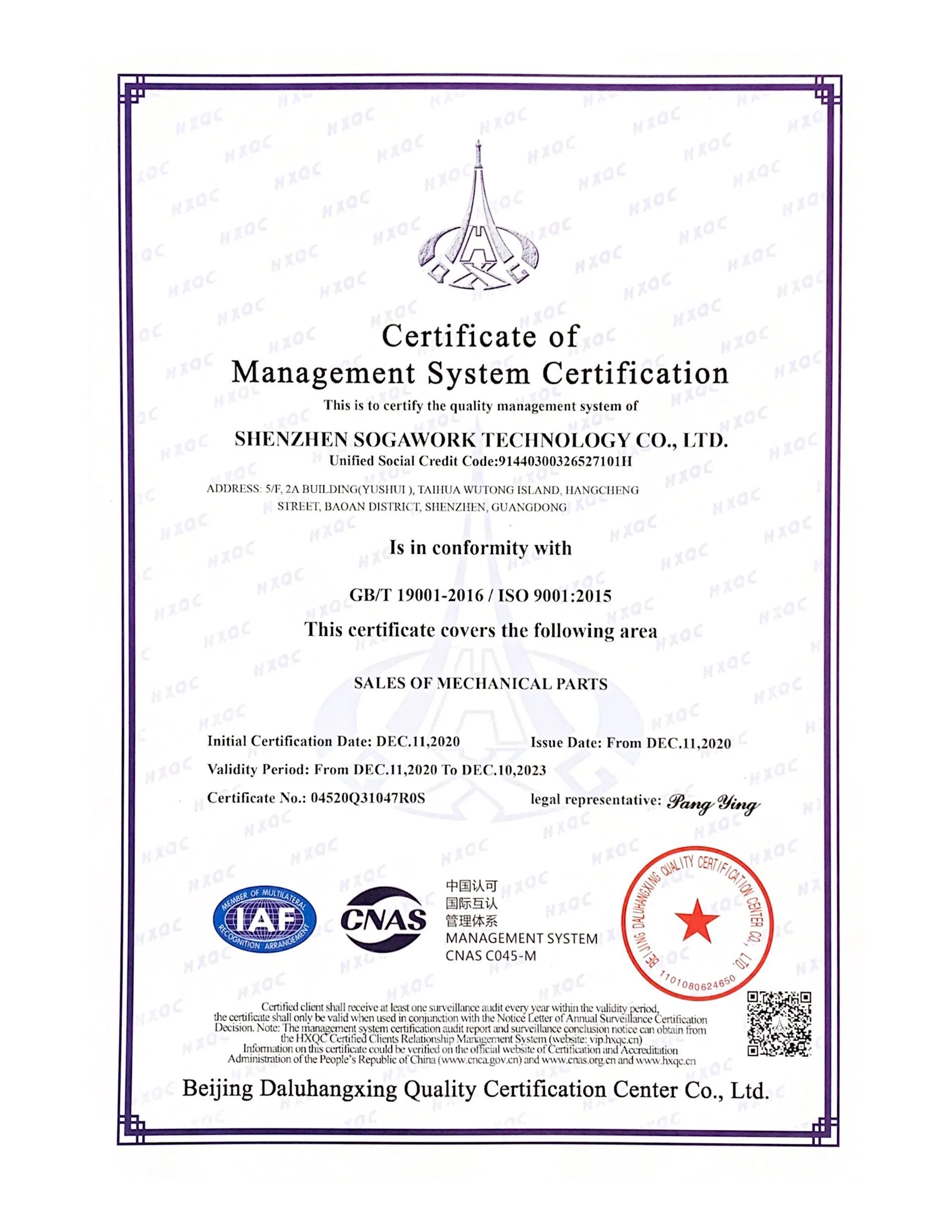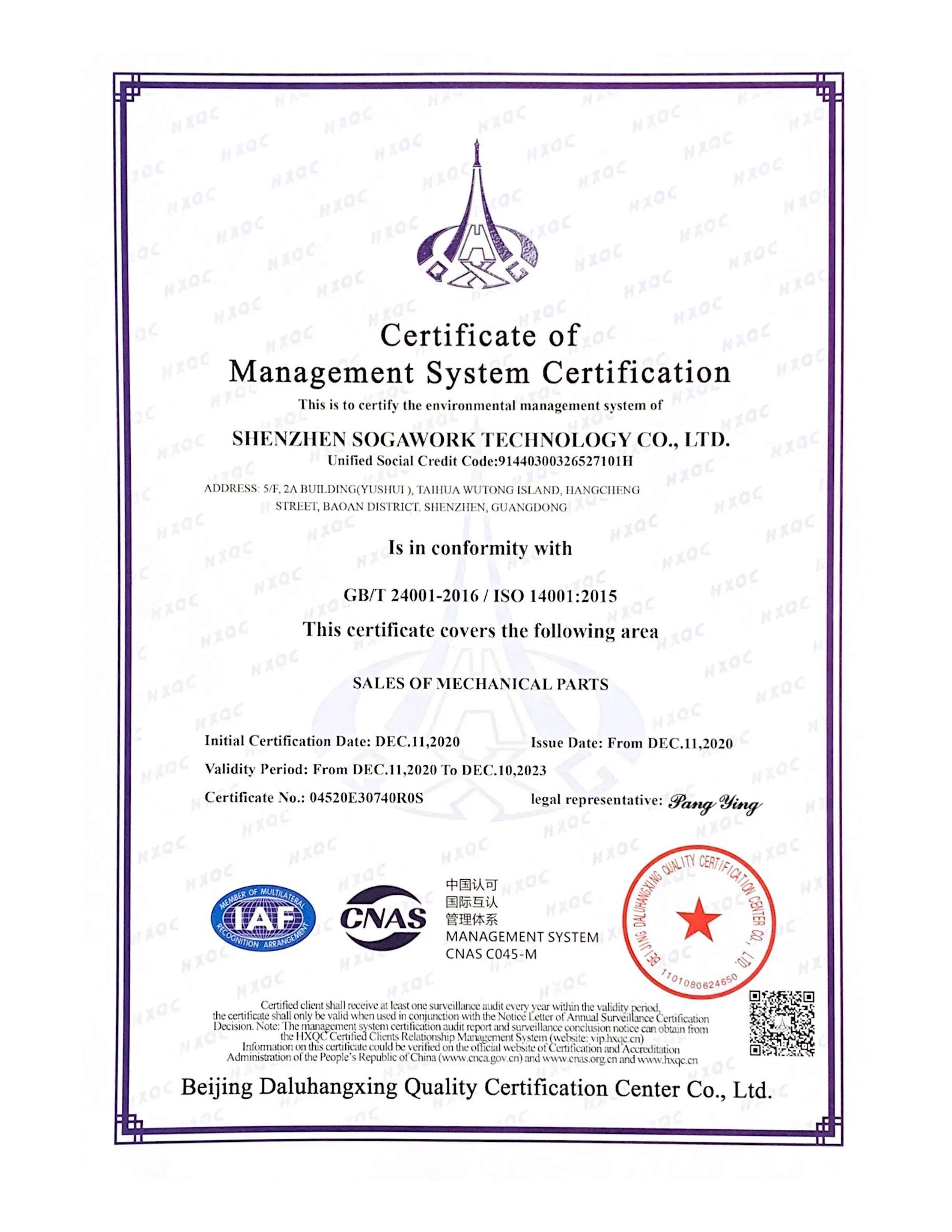Manual machining and CNC machining are two primary methods of manufacturing, representing the difference between traditional craftsmanship and modern technology. Manual machining relies on skilled labor and extensive experience, while CNC machining is a product of the digital age, utilizing computer programming for automated processing. This paper aims to provide an in-depth comparison between manual machining and CNC machining.
What is CNC machining?
CNC stands for Computer Numerical Control, CNC machining is a process where written code(G-code) is used to control the movement of the machining tools, such as drills, lathes, mills, grinders, and more, to produce parts with complex geometry.
What is Manual machining?
Manual machining involves manually operating various types of machines, such as drills, lathes, mills, grinders, and more, to process the workpiece into intricate geometries.
Comparison between CNC and Manual machining
There are several differences between manual and CNC machining, they include:
Process
CNC machining, being highly automated, requires more detailed process documentation compared to manual machining. This includes specific instructions on processing sequence, tool usage order, tool geometry, angles, tool change positions, toolpath planning, cutting amounts, and more. Additionally, CNC machining allows for different process plans for the same task, a capability not found in manual machining.
Quality and quantity
In manual machining processes, the quality of parts relies on both the capabilities of the equipment and the expertise and dedication of the engineers. However, in CNC machining conditions, in addition to the functionality of the machine tools, the quality also depends on the correctness and rationality of the process specifications and machining program development. For small to medium-sized batch parts with high precision requirements and complex structures, adopting CNC machining processes can enhance part quality and reduce processing time. Because CNC machining is controlled by programs, it is less affected by human factors throughout the manufacturing process, thus ensuring precision in machining.
Heat deformation
In the cutting process, some degree of thermal deformation is inevitable, especially during the precision machining stage, where any thermal deformation can directly affect the final workpiece's accuracy. In manual machining, clear processing stages and long buffer times between processes allow for the effective reduction of thermal deformation by controlling the interval time between each process.
However, in CNC machining, the need to continuously machine multiple surfaces results in ineffective transfer of heat generated during cutting, making thermal deformation a prominent issue. To reduce thermal deformation in CNC machining, high-pressure coolant techniques can be employed to introduce cutting fluid into the critical cooling zones between the cutting tool and workpiece surface, effectively reducing temperatures.
Cutting parameters
In manual machining, operators have autonomous control over cutting parameters, requiring them to possess practical and technical experience to select suitable cutting parameters based on the specific machining requirements of different products and make necessary adjustments during the machining process as per the actual conditions.
In CNC machining, the cutting parameters are pre-set in the program, with limited adjustments possible for parameters like spindle speed. Therefore, when technicians develop CNC machining programs, they should set appropriate cutting parameters based on factors such as tool diameter, tool overhang, and tool edge angle, while also considering the influence of factors like workpiece material and machine tool equipment. This ensures both machining quality and optimized efficiency, enhancing product competitiveness.
Automotive and Flexibility
In manual machining, the level of automation in equipment usage is relatively low. Workpiece processing requires coordination among various processes such as turning, milling, and fitting, often necessitating the use of specialized tools such as jigs and fixtures during the machining process. Multiple setups for workpieces can affect machining accuracy, and the demand for specialized fixtures increases machining costs. Manual machining processes are suitable for small-batch production of simple parts.
In contrast, CNC machining technology, with the use of machining centers, turning-milling composite machine tools, and other equipment, enables one-setup machining for workpieces, achieving higher levels of automation and flexibility. This avoids issues such as long turnover times and low efficiency due to the circulation of complex parts among different processes, as well as the low precision of multi-machine machining. CNC machining technology offers greater advantages for large-scale production of complex parts.







